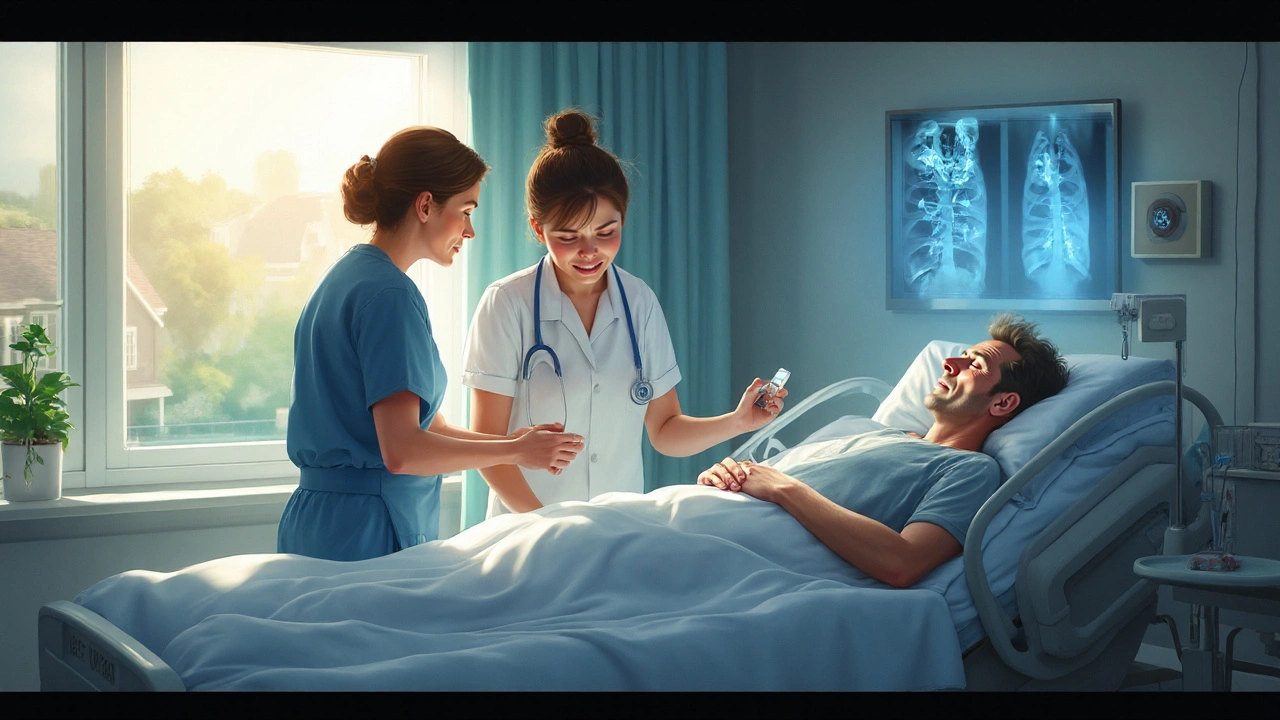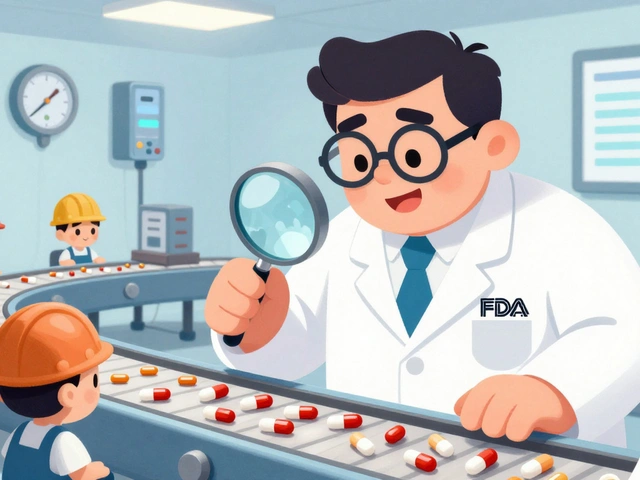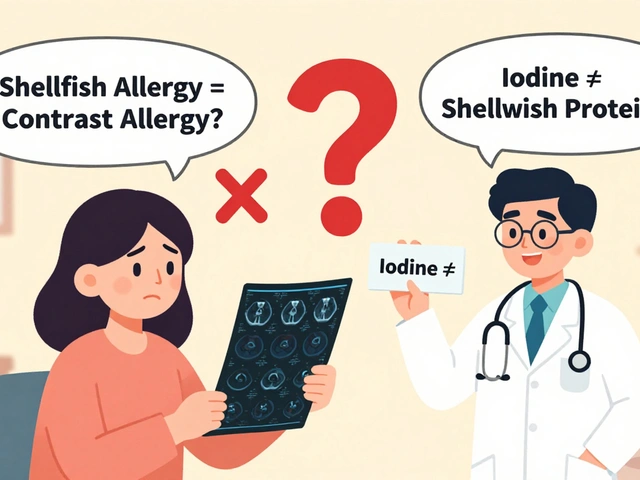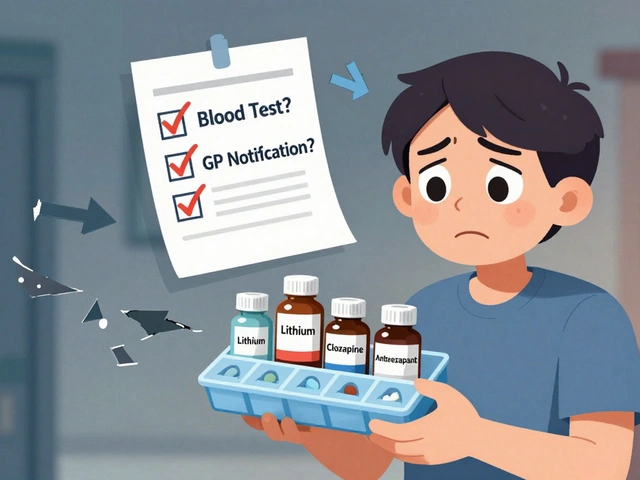Legionnaire's Disease – What It Is, How It Hits, and How to Beat It
Ever heard of a lung infection that spreads through the same pipes that bring you water? That’s Legionnaire's disease, a type of pneumonia caused by Legionella bacteria. It’s not a rare mystery illness; outbreaks pop up in hotels, hospitals, and even office buildings when water systems get warm and stagnant. The good news? Knowing the signs and fixing the source can keep you from getting seriously sick.
How You Get Infected
Legionella loves warm, wet places – think hot tubs, cooling towers, shower heads, and even decorative fountains. When the bacteria grow, they turn into tiny droplets that travel through the air. You inhale those droplets and the bacteria settle in your lungs, starting an infection. You don’t catch it from other people, so the risk comes mainly from the environment around you.
Typical hotspots include hotels with old plumbing, large office complexes with under‑maintained air‑conditioning units, and cruise ships that recycle water. Even a home water heater set too high can become a breeding ground. If you’re staying somewhere new and notice a musty smell from the shower, that could be a warning sign.
Telling Symptoms and When to Seek Help
Legionnaire's disease often masquerades as regular pneumonia. The first clues are fever, chills, and a cough that can be dry or bring up mucus. You might also get a headache, muscle aches, and a sore throat. Some people feel confused or notice a rapid heartbeat – those are red flags that the infection is affecting more than just the lungs.
If you have any of these symptoms after a recent stay in a hotel, a spa visit, or exposure to a building with a cooling tower, call a doctor right away. Early testing, usually a urine antigen test or a sputum culture, can confirm the bug fast.
Treatment Options
Doctors treat Legionella with antibiotics that work inside cells, like levofloxacin or azithromycin. Treatment typically lasts 10‑14 days, but severe cases may need a longer hospital stay and IV antibiotics. Most healthy adults recover fully, but older adults, smokers, and people with weak immune systems are at higher risk for complications.
While you’re on antibiotics, stay hydrated and get plenty of rest. Keep track of any side effects—some antibiotics can upset your stomach, so talk to your pharmacist if you need tips on taking them with food.
Prevention: Keeping the Bacteria Out
The best defense is proper maintenance of water systems. Building managers should regularly clean and disinfect hot tubs, replace old shower heads, and keep water temperatures either below 20 °C (68 °F) or above 60 °C (140 °F) to stop growth. If you’re staying somewhere, ask the staff what they do to prevent Legionella. A quick “How often do you clean the cooling towers?” can save you a lot of trouble.
At home, set your water heater to at least 60 °C (140 °F) and run hot water for a few minutes each week to flush the system. If you have a hot tub, drain and refill it according to the manufacturer’s schedule.
Finally, if you suspect an outbreak in a public place, alert local health officials. Early reporting helps them test water samples and take action before more people get sick.
Legionnaire's disease may sound intimidating, but with a clear eye on your environment and prompt medical care, it’s manageable. Keep an eye on water temperature, watch for those flu‑like symptoms after travel, and don’t hesitate to get tested. Your lungs will thank you.
Legionnaire's Disease and Pneumonia: How They're Linked
Explore how Legionnaire's disease triggers pneumonia, its symptoms, diagnosis, treatment, and prevention measures.
Read More





